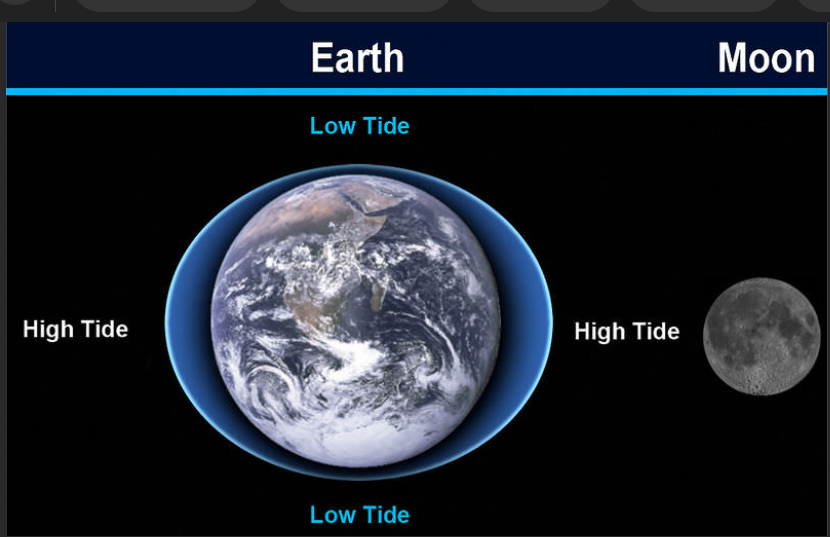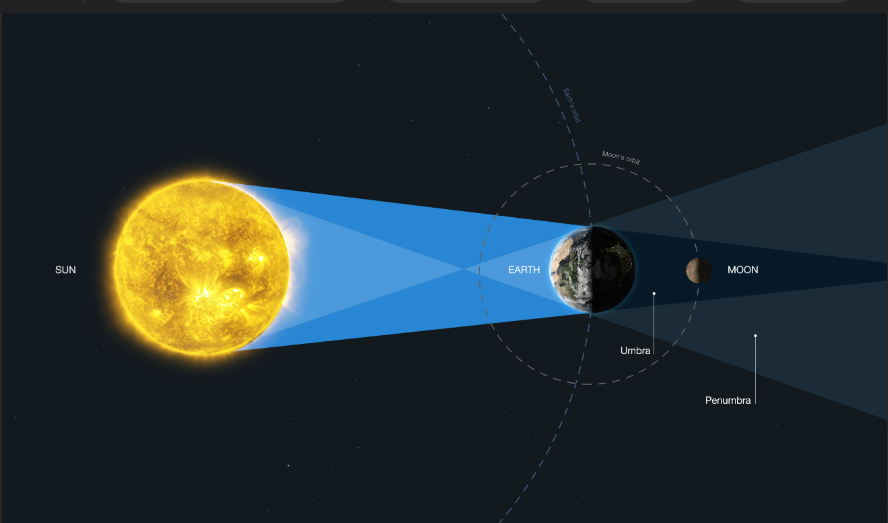To all the young selenophiles and astrophiles out there, welcome to our page! In today’s session, we’ve dedicated an entire article to moon-related trivia and information in a quiz format. This article will present you with intriguing yet challenging questions about the moon to test your knowledge.

Moon Trivia Quiz for Students
The following questions are carefully picked out by our team, to help you find all the moon-related trivia information.
[–MCQ-QUESTIONS-DISPLAY–]
What is the Moon?
Before we begin, one might ask, ‘What exactly is the Moon?’ To answer this, we first need to get familiar with a simple term called satellite. A satellite is nothing but an object that revolves in the orbit of the Earth. These can be both natural and artificial. Artificial satellites are those satellites that are sent from the surface of the Earth by us, “Humans,” with the help of launching a Rocket or some other means.
The Moon is Earth’s natural satellite, orbiting ever since the Earth was made. And it is the ONLY natural satellite that our Earth possesses. There are about 150 moons in our solar system, out of which Earth is designated with one. Other planets have moons in different quantities, and some have none. For example, Venus and Mercury have 0 moons.
Whereas planets like Jupiter and Saturn have 70+ and 80+ respectively. Talking about its age, its age has been estimated at around 4.5 billion years old. It is considered that the age of both the moon and the solar system is about the same, as all the other planets and the moon came from the same “primordial solar nebula.”
One of the most widely accepted theories about how the formation of the “Moon” took place is explained by the “Giant Impact Hypothesis.” This suggests that a Mars-sized planet would’ve collided with the surface of the Earth, resulting in the formation of debris that evolved into the moon.
Evolution of the Moon
Based upon the widely accepted hypothesis “Giant Impact Hypothesis” various inferences can be made about the moon and its evolution.
- Formation: As earlier discussed the formation of the moon is supposed to be done by mars sized planet striking with the surface of the earth. The impact of this violent collision led to the emission of the debris particle everywhere in space.
- Accretion and Formation: The debris in space started to orbit the Earth’s surface while also accumulating and coming together through the process of accretion. For this act to become successful it took millions of years and thus, formed the surface which is widely renowned as the moon.
- Magma Ocean: It is also believed that the Moon’s surface was covered with the Magma Ocean. This resulted due to the heavy impact faced by the Moon which caused the moon’s surface to erupt volcanoes and stay extremely warm for a good while by the radioactive decay happening under the surface of the moon.
- Cratering and Cooling: As time went by, its surface started to cool down and solidify. The Caters (Bowl-shaped depressions) on its surface resulted from the impacts of meteoroids, asteroids and comets.

- Volcanism: During the Early stages of the moon’s history volcanic eruptions were likely to have occurred since plains known as Lunar “Maria” suggest that the moon’s surface was geologically active.
- Tidal Forces: The gravitational pull exerted by the moon on Earth results in the formation of tidal forces, which influence ocean tides. The Moon’s gravitational attraction creates two tidal bulges on Earth—one facing the Moon and the other on the opposite side due to the centrifugal force from Earth’s rotation. These tidal bulges cause the rise and fall of ocean water levels, resulting in the phenomenon of high tides and low tides.
How it Affects Us
Moon’s surface is bounded by the surface of ours through gravitational force. There are various phenomenon that occur due to it that influences our Earth in various ways. For example Tides, Synchronous Rotation, Libration, Eclipses, Gravitational Perturbations etc. Below, we have given a brief analysis of how it works.
- Synchronous Rotation: There’s always a side of the moon which is facing the Earth. Which leads to tidal formation. The earth and moon’s gravitational forces have led the moon to become synchronized with its orbit causing one side to always face the Earth.
- Tides: Gravitational pull of the moon and that of the sun creates tides in the Earth’s ocean. The oceanic body while facing the moon will experience high tides, along with the one right opposite to it. The varying gravitational pull on different parts of the earth will lead to the deformation of the planet’s ocean.

- Libration: The changes experienced by the moon in its orbital speed and elliptical orbit are caused due to the gravitational interaction between the earth and the moon. This was observed as a slight wobbling/rocking motion.
- Eclipses: The alignment of Earth, Sun and Moon leads to the phenomenon called eclipse. It can either be solar or lunar. A lunar eclipse is caused when the Earth comes between the sun and the moon. It is divided into Total lunar eclipse, partial lunar eclipse and penumbral lunar eclipse.

- Moonequakes: Earthquakes experienced by the moon are referred to as moonquakes. Some of these are directly associated with the gravitational pull between the Earth and the Moon. Resulting in seismic activity.
Fun Facts about the Moon
- Did you know that the ancient people used to depict things based on the moon’s different phases? For instance, some believed that the moon affects people’s moods and the growth of plants.
- According to some observers, they have noticed a change of colour on the moon’s surface. However, this phenomenon is not yet fully understood. Such phenomenon is called “Transient Lunar Phenomena”
- The word month is derived from the word “moon” and many ancient calendars are based on the moon’s changing phases.
- Both lunar and solar eclipses have been the subject of various superstitions for example it is often believed that stepping outside during a solar eclipse brings misfortune to the person. The sudden darkening of the sky often resembles something evil.
- The word Monday is derived from the word “moon-day” and Sunday from “sun’s day”.



